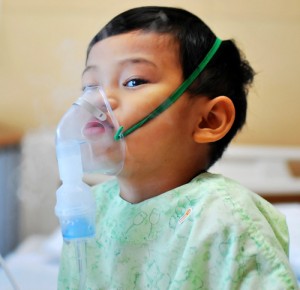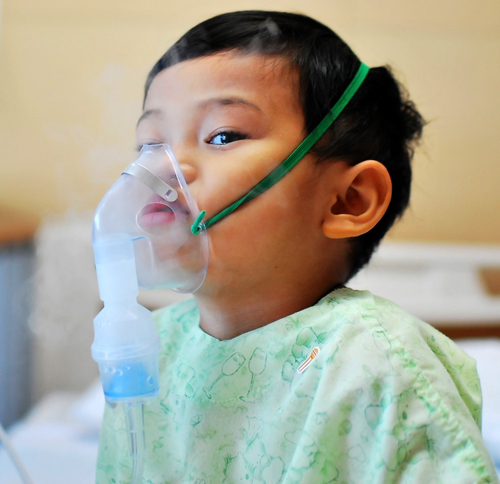 Professor Elizabeth Fireman from the Sackler Faculty of Medicine at Tel Aviv University (TAU) and the Institute for Pulmonary and Allergic Diseases at TAU-affiliated Tel Aviv Sourasky Medical Center, recently tested a new technique called Induced Sputum (IS) to obtain lung samples for screening that might be useful for testing children suffering with asthma.
Professor Elizabeth Fireman from the Sackler Faculty of Medicine at Tel Aviv University (TAU) and the Institute for Pulmonary and Allergic Diseases at TAU-affiliated Tel Aviv Sourasky Medical Center, recently tested a new technique called Induced Sputum (IS) to obtain lung samples for screening that might be useful for testing children suffering with asthma.
For the firefighters called to the scene of 9-11 and rescue workers conducting cleanup and rescue operations at Ground Zero between September and May of 2002, the exposure to hazardous airborne particles led to the “WTC cough” (inflammatory bronchial hyperactivity and obstructed airways) and acute inflammation of the lungs. To obtain lung samples for screening this patient population, bronchoscopy was the only way; however, inserting a bronchoscope into the lung is extremely invasive and poorly efficient in screening large groups of people. This problem motivated Fireman to find a solution for it. This problem motivated Fireman to find a solution for it.
The IS method consists of the inhalation of a hypertonic saline solution to produce a mucus expectorate that can be analyzed for hazardous substances. Elizabeth Fireman went to Ground Zero and began testing 39 firefighters using the IS method; she compared those results with a control group of firefighters from Israel. She identified several very dangerous metals in the workers’ lungs, including mercury.
[adrotate group=”3″]
Currently through this method, Professor Fireman is studying the effect of pollution on urban asthmatic children. She found that these children and their health might not be well protected.
“After our last study on occupational exposure, I decided to examine the most vulnerable sector in the field of asthma — children. Environmental monitoring systems are only capable of measuring large particle matter, which is mostly expelled by the lungs. I wanted to know what happened to the small particle matter capable of evading the body’s immunological mechanisms. And I wanted to know how they affected asthmatic kids,” she said in a press release.
With ages between 2 and 12 years old, 136 children who had already been evaluated for asthma were recruited to be tested. These children were assessed through the IS method to detect and measure matter in their lungs.
“We compared our results with the indices published by rooftop pollution stations in Tel Aviv. And while we do not discount the importance of maintaining such environmental stations, we found their measurements to be at odds with our own findings, suggesting they cannot be used as the sole measurement of pollution levels,” Fireman said.
Further studies are required to determine if the IS method is effective in assessing large groups of people, but Professor Fireman is confident that this study shows that the use of IS in asthmatic children can biologically monitor the accumulation of airborne particles in the lungs.
“Most important, perhaps, we have found that environmental monitoring is not enough. You need a biomonitoring technique, like IS, which is a more physiologically sensitive. This study suggests that we are not well protected by environmental stations. To help parents determine whether they should continue to live with their children in polluted areas, we will need to combine our strategies,” she concluded.

